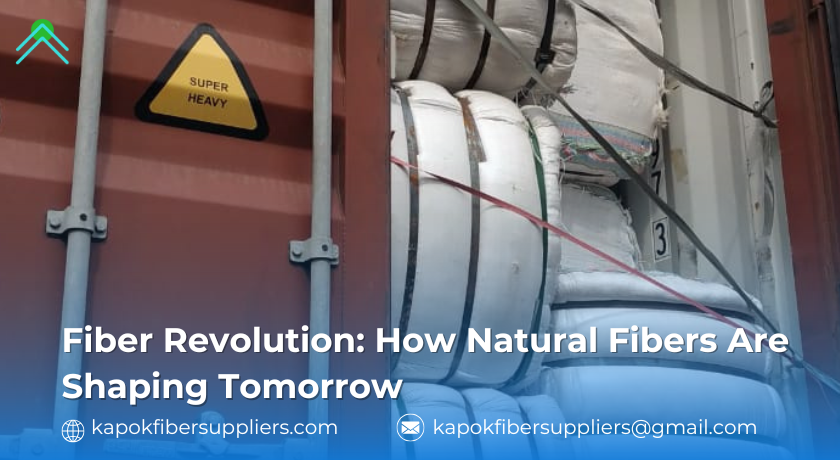
- What Sets Natural Fibers Apart?
- Why Natural Fibers Are Gaining Ground
- Industries Embracing Natural Fiber Solutions
- Fiber Innovation: Where Nature Meets Technology
- Conclusion: The Future is Woven from Nature
In an age dominated by technology and sustainability, natural fibers are leading a quiet revolution. These age-old materials are being rediscovered, reengineered, and reimagined to meet the challenges of the modern world—delivering high performance without compromising the planet.
What Sets Natural Fibers Apart?
Natural fibers are sourced from renewable biological materials such as plants and animals. They stand out for their eco-friendliness, comfort, and versatility. Prominent types include:
- Kapok Fiber – Ultra-light, naturally water-resistant, and biodegradable.
- Cotton – Soft, breathable, and widely used across the globe.
- Hemp – Robust, quick-growing, and needs minimal pesticides.
- Flax (Linen) – Strong, absorbent, and has a luxurious texture.
- Silk – Renowned for its sheen and temperature-regulating properties.
Why Natural Fibers Are Gaining Ground
As sustainability becomes a global priority, industries are turning to natural fibers for solutions that are both functional and responsible:
1. Environmentally Conscious
Natural fibers are biodegradable, require fewer resources to produce, and support circular economy models.
2. High Performance and Comfort
They provide superior breathability, moisture management, and thermal regulation, making them ideal for clothing, bedding, and upholstery.
3. Economic and Social Benefits
Cultivation of natural fibers supports rural economies and promotes ethical supply chains.
Industries Embracing Natural Fiber Solutions
- Fashion & Textiles – Eco-conscious brands are leveraging natural fibers to create stylish, sustainable garments.
- Home & Living – Bedding, furnishings, and decor products made from natural fibers offer health and environmental benefits.
- Automotive – Interiors and panels made with natural fiber composites reduce weight and environmental impact.
- Packaging – Compostable packaging made from plant fibers is replacing plastics.
- Construction – Natural fiber insulation and boards are gaining popularity for energy efficiency.
Fiber Innovation: Where Nature Meets Technology
Research and innovation are pushing the boundaries of what natural fibers can do:
- Nano-Fiber Technology – Enhancing the strength and function of natural fibers for advanced applications.
- Bio-Composites – Fusing natural fibers with eco-resins for durable, sustainable materials.
- Smart Textiles – Integrating sensors and adaptive functions into natural fabrics.
Conclusion: The Future is Woven from Nature
Natural fibers are no longer just traditional—they are essential. Their blend of sustainability, performance, and innovation makes them a cornerstone of a more responsible future.
Are you ready to be part of the fiber revolution? Embrace nature’s solution for a better tomorrow.

